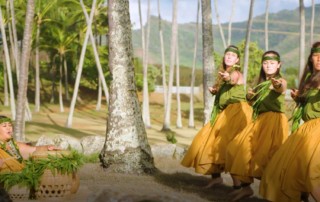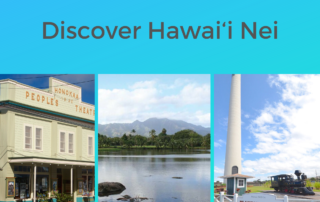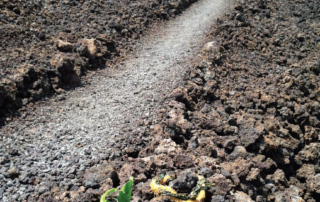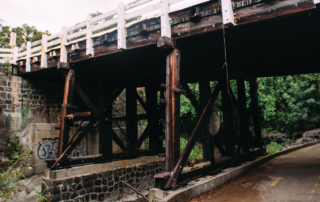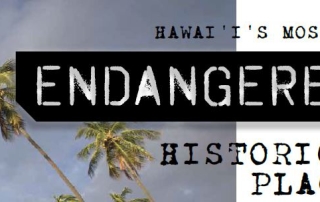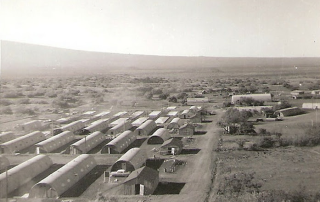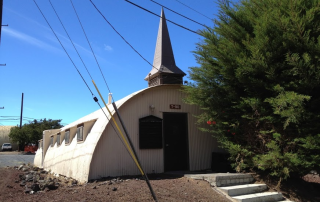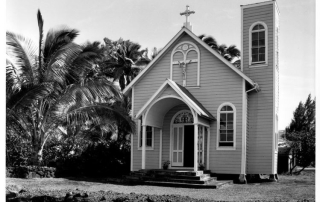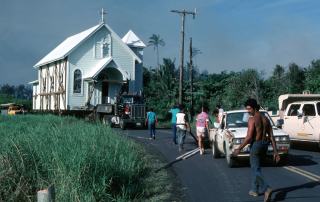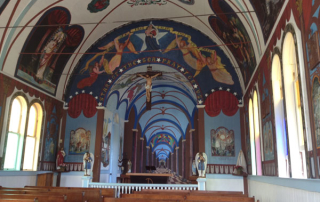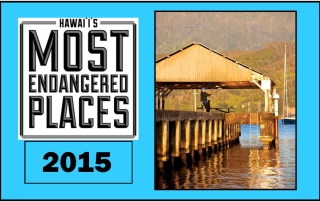Wailua: Ke Awāwa o Nā Ali‘i – Valley of The Kings
April 24, 2020: This stunning video presents the cultural importance of Wailuanuiaho‘ano, the great sacred Wailua, located on the East side of Kaua‘i, along the Wailua River. Captured are the abundance of historic sites in this rich cultural landscape and the royal lineage, mo‘olelo and histories of people who lived there. As the seat of power for several generations of ali‘i, Wailua was the political, religious and social center from the mid-13th century through the reign of Kaumuali‘i. The Wailua Complex of Heiau, a National Historic Landmark, consists of four heiau: Hikinaakalā, Malaeho‘akoa, Holoholokū and Poliahu; Hauola pu‘uhonua (place of refuge); Ho‘ohanau pohaku royal birthing stone; and a bellstone. Kumu hula and residents of Wailua share their personal connection to the area as a spiritual center connected to the greater universe; as a place rich in history and identity; and as a place of inspiration, ingrained with the wisdom of our kūpuna. The video was produced as one of several measures in response to community concern related to transportation facilities proposed in the area that were addressed during Section 106 consultation, of which Historic Hawai‘i Foundation was a consulting party. It has been selected to receive an Interpretive Media Preservation Award as an exemplary and impactful interpretation of the significance of a historic site. The Preservation Award will recognize Palikū Documentary Films, the Hawai‘i Department of Transportation, Kehau Kekua, Freckles Smith, and Beverly Muraoka. The fi ‘ lm was directed by Nā‘ālehu Anthony. By Andrea Nandoskar and Beth Iwata, staff of Historic Hawai‘i Foundation. https://youtu.be/bQXt06f5Zw0


